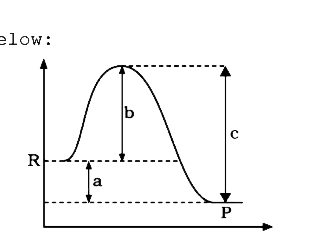In a multistep reaction such as A+B→Q→C. The potential energy diagram is shown below. What is Ea for the reaction Q→C ?
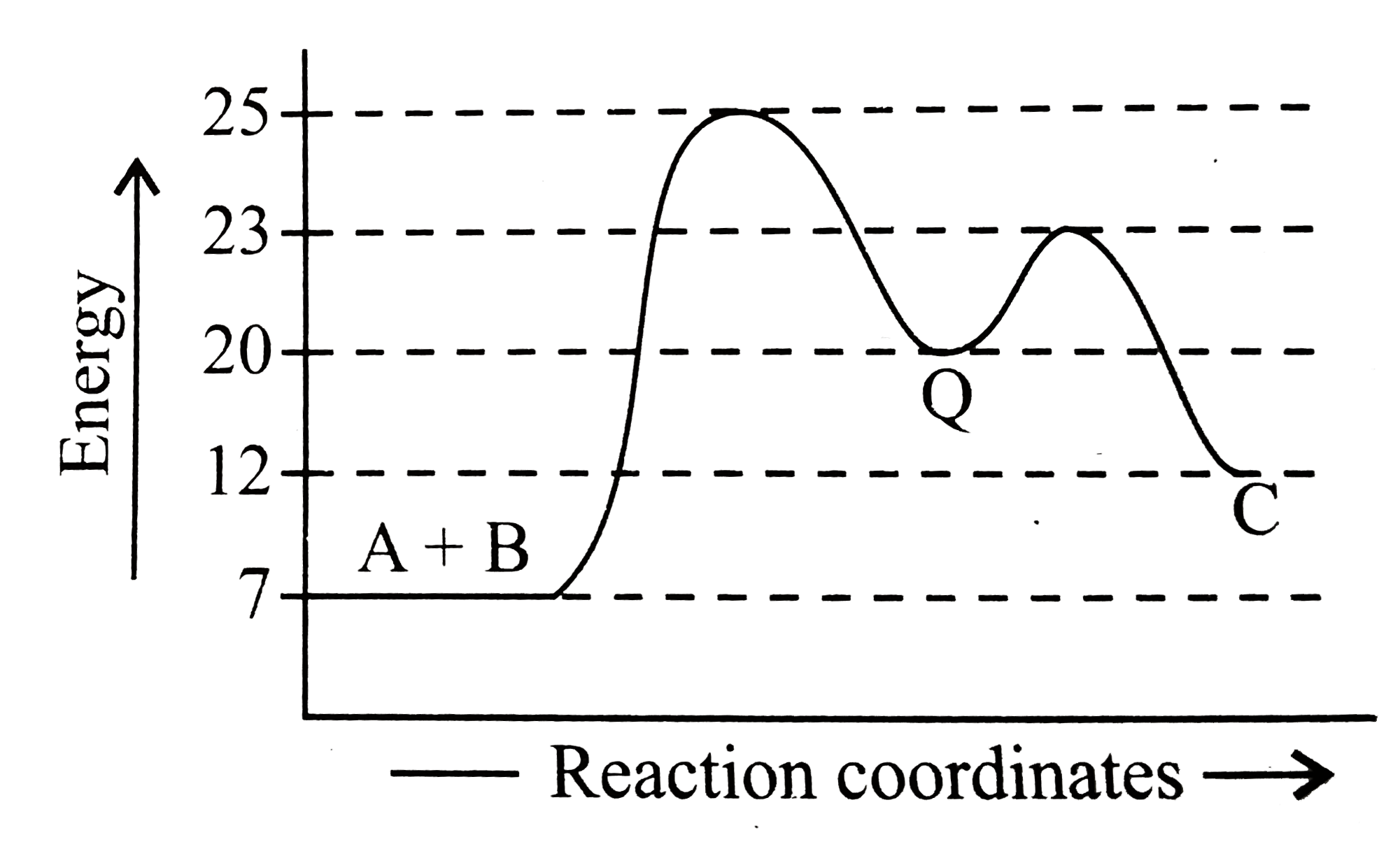
A
3kcalmol−1
B
5kcalmol−1
C
8kcalmol−1
D
11kcalmol−1
Video Solution
Text Solution
The correct Answer is:A
For Q→C
Ea=23−20=3kcalmol−1
|
Topper's Solved these Questions
- CHEMICAL KINETICSBOOK - CENGAGE CHEMISTRYCHAPTER - CHEMICAL KINETICSEXERCISE - Exercises Assertion-Reasoning
22 Videos
- CHEMICAL KINETICSBOOK - CENGAGE CHEMISTRYCHAPTER - CHEMICAL KINETICSEXERCISE - Exercises Integer
15 Videos
- CHEMICAL KINETICSBOOK - CENGAGE CHEMISTRYCHAPTER - CHEMICAL KINETICSEXERCISE - Exercises Multiple Correct
34 Videos
- CARBOXYLIC ACIDS AND THEIR DERIVATIVESBOOK - CENGAGE CHEMISTRYCHAPTER - CARBOXYLIC ACIDS AND THEIR DERIVATIVESEXERCISE - Exercises Archives (Analytical And Descriptive)
34 Videos
- COORDINATION COMPOUNDSBOOK - CENGAGE CHEMISTRYCHAPTER - COORDINATION COMPOUNDSEXERCISE - Archives Subjective
18 Videos
Similar Questions
Knowledge Check
For the reaction
2A+B→C
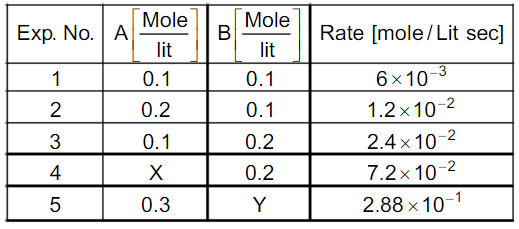
Find X & Y.A0.2,0.3B0.3,0.4C0.4,0.3D0.3,0.2The potential energy diagram for a reaction R→P is given ΔH∘ of the reaction corresponds to the energy :
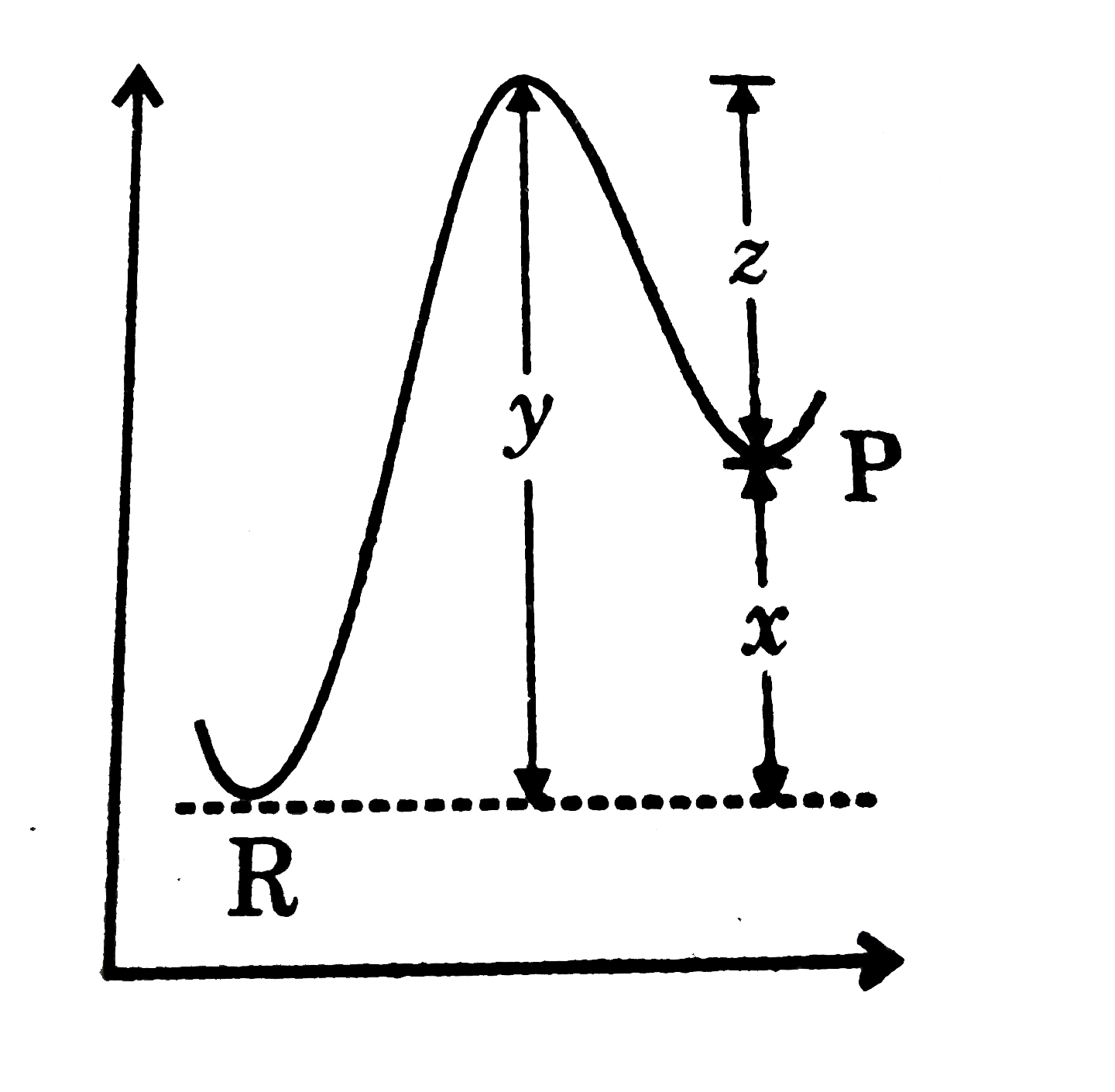 AxByCzD(x+y)
AxByCzD(x+y)The potential energy diagram for a reaction R→P is given below. ΔHɵ of the reaction corresponds to the energy
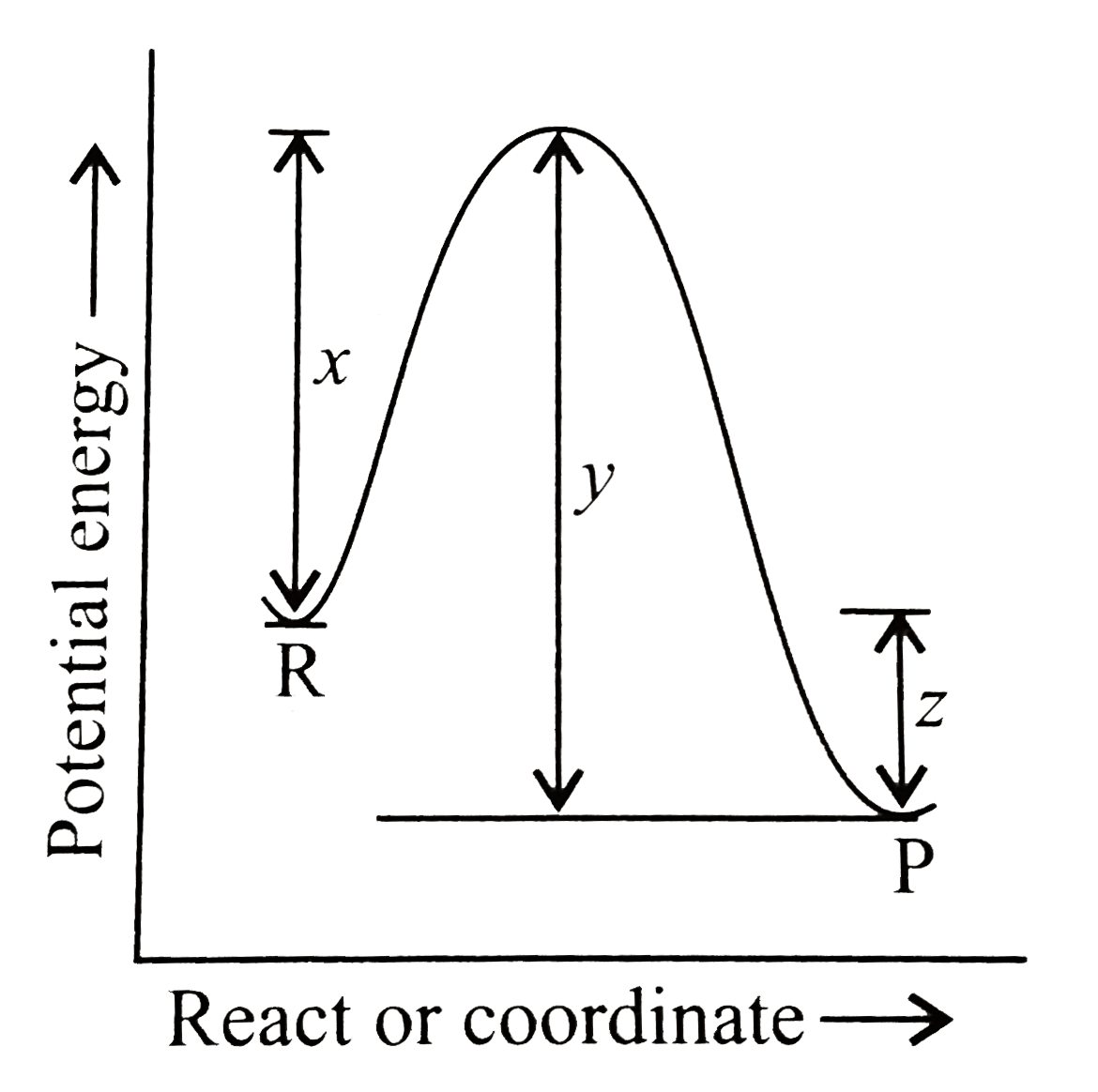 AxByCzD(x+y)
AxByCzD(x+y)
Look at the following diagram:
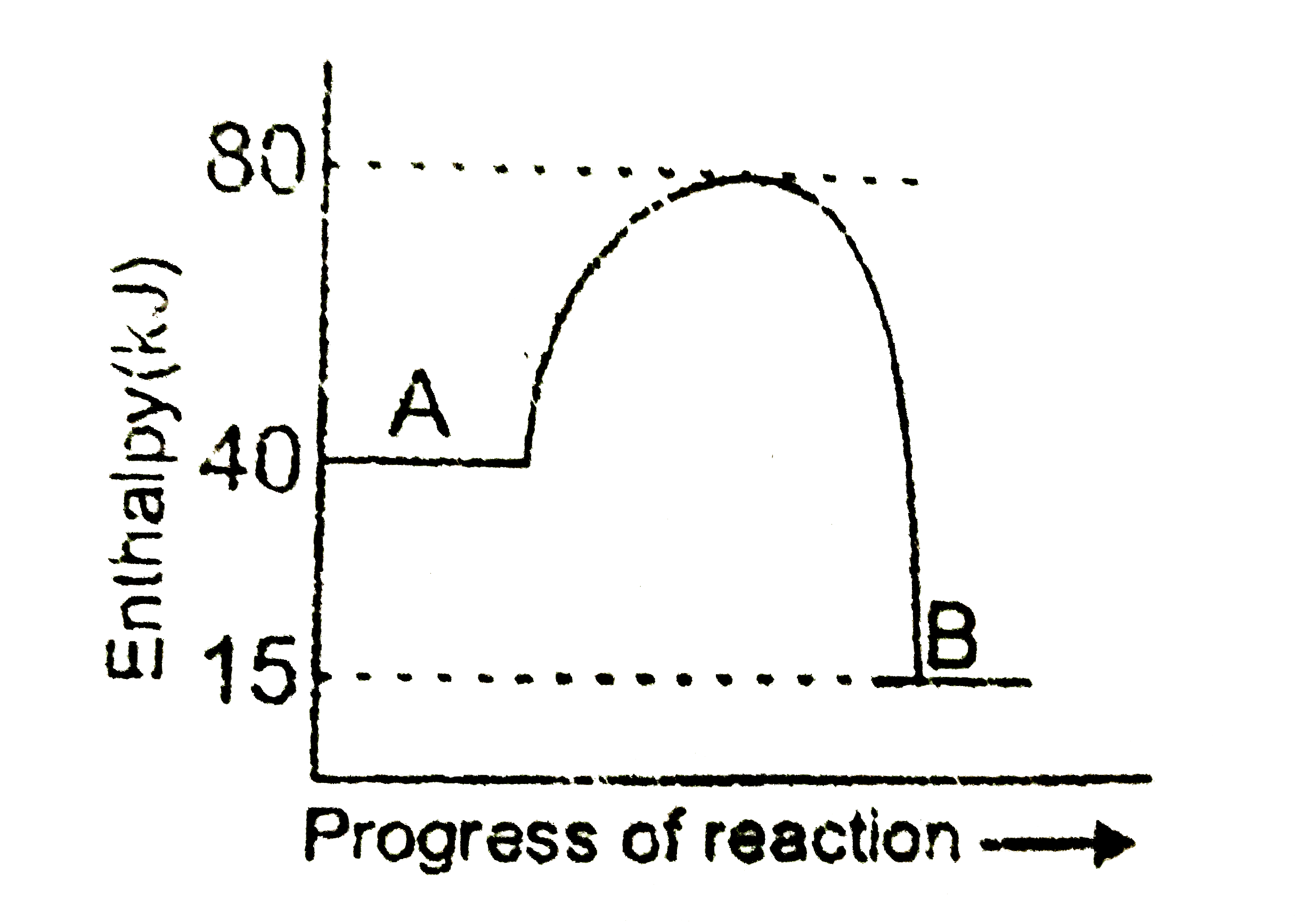
The enthalpy change for the reaction A→B will be
View SolutionThe unit of equilibrium constant, K for the reaction, A+B→C , would be
View SolutionThe potential energy diagram for a reaction R→P is given by
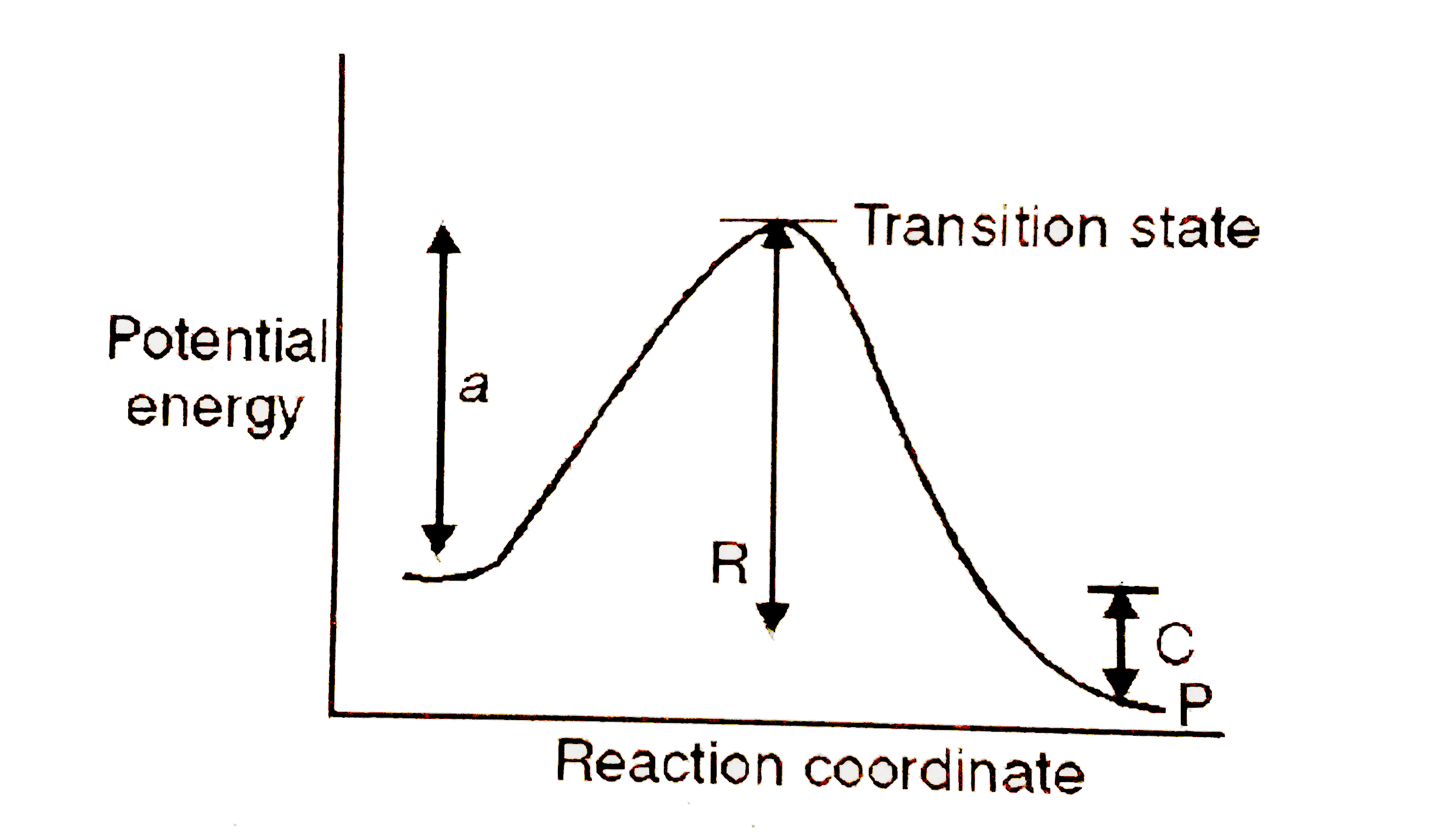
ΔH∘ of the reaction compounds to the energy
View SolutionIn the reaction a+3B→2C, the rate of formation of C is
View SolutionFor the reaction, A+2B→C, the differential from of the rate law is:
View Solution

